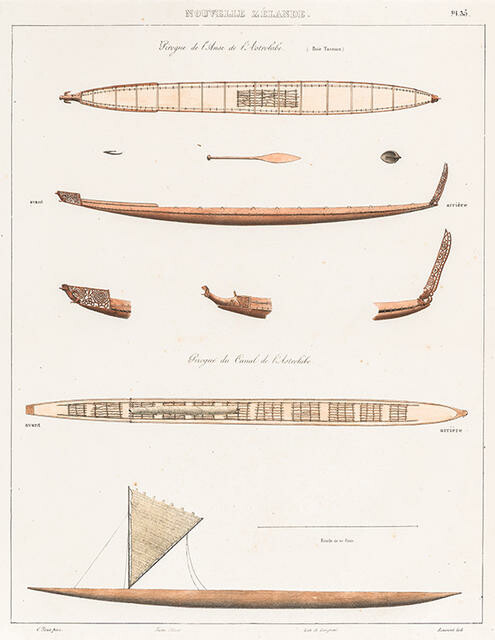Charles Meryon
France, b.1821, d.1868
Nouvelle-Zélande, Presqu’île de Banks. Etat de la petite colonie Française d’Akaroa. Vers 1845 - Voyage du Rhin.
New Zealand - The Little French Colony Of Akaroa Etat De La Petite Colonie Française D’Akaroa, 1845
- 1865
- Engraving
- Purchased with assistance from the Olive Stirrat Bequest, 1989
- 264 x 362mm
- 86/25
- View on google maps
Tags: animals, birds (animals), buildings (structures), clouds, harbors, hills, landscapes (representations), monochrome, natural landscapes, plants (living organisms), seas, smoke (material)
Described as the father of modern etching, French naval officer Charles Meryon was one of the most important artists to work in Waitaha / Canterbury during the colonial era. He served on the Rhin, stationed at Akaroa between 1843 and 1846, to look out for the French settlement there. Meryon made numerous pencil studies at Akaroa which he later used as the basis for this series of etchings completed back in Paris during the 1860s. He planned to publish these and other images of the Pacific in an album, which unfortunately he never completed. The story of the French attempt to settle Te Waipounamu / the South Island is a fascinating chapter in New Zealand’s history. A French whaling captain, Jean Langlois, purchased 30,000 acres from Kāi Tahu on Horomaka / Banks Peninsula in 1838 and returned to France to get government support to establish a French colony at Akaroa. It was from here that he hoped the French would be able to expand throughout the rest of the South Island. A company was formed and sixty- three French and German settlers set sail on the Comte de Paris. They arrived at Akaroa in August 1840 only to find a Union Jack flying at Takapūneke / Green’s Point signalling that British sovereignty had already been claimed. Today, Akaroa continues to retain something of a French flavour.
(Pickaxes and shovels, 17 February – 5 August 2018)
Exhibition History
Believing he had purchased Banks Peninsula from Ngāi Tahu in 1838, the French whaler Jean-François Langlois spearheaded an effort to annex the South Island to France. Operating with the Compagnie Nanto-Bordelaise, the first intended emigrants left France in March 1840 on the Compte de Paris under Captain Langlois’ command. A month earlier, however, the Treaty of Waitangi had been signed between Māori and the British Crown and the prospective French settlers found themselves arriving in Akaroa in August 1840 to a British colony.
Langlois’ claim was not immediately dismissed; between 1843 and 1846 the French naval corvette Le Rhin was stationed at Akaroa to strengthen and protect French rights. Onboard was the youthful cadet Charles Meryon, who applied his early art training to sketching the area. Meryon pursued an art career on returning to France in 1846. Later he revisited his time in New Zealand through a series of idyllic scenic etchings. (Kā Honoka, 18 December 2015 – 28 August 2016)
Between 1843 and 1846 Charles Meryon was based at Akaroa with the French naval corvette, Le Rhin, which had been assigned to protect the interests of the French settlement there. This view, looking north, captures an important early view of Akaroa, one of the first colonial settlements in the South Island. This etching comes from a group of five plates relating to Akaroa that Meryon produced for his Album of Souvenirs du Voyage du Rhin, which he began in 1860, using his sketches from the 1840s. Born in Paris, Meryon had studied painting after he finished his naval training and, on his return to France in 1846, he decided to become an artist. He studied under the French printmaker Eugène Bléry (1805-1887) and went on to become one of the most important French etchers of the 19th century. (Label date uknown)
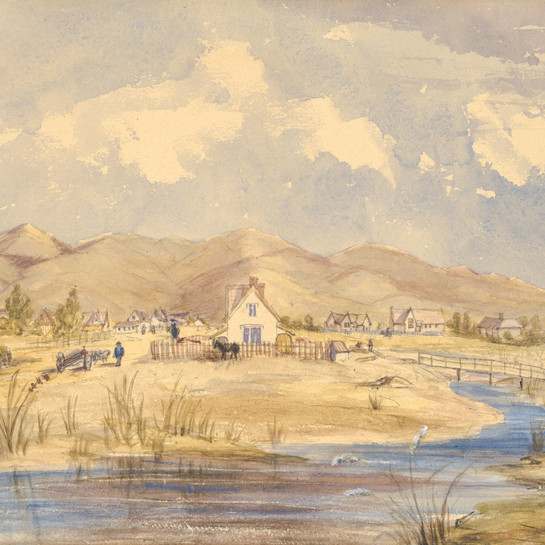
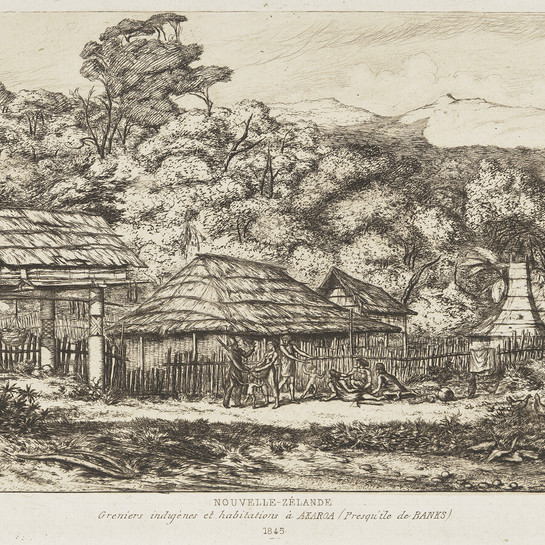
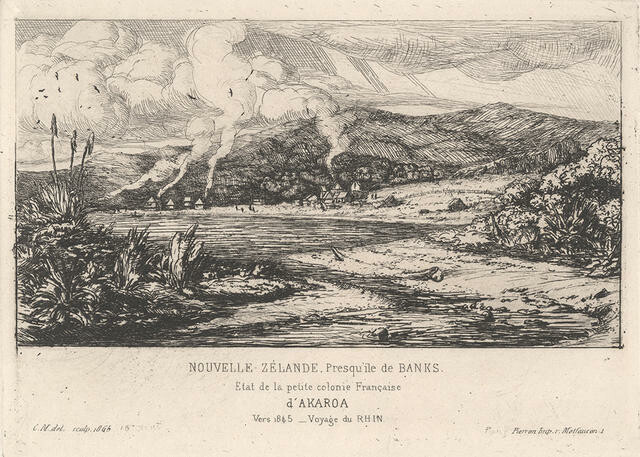

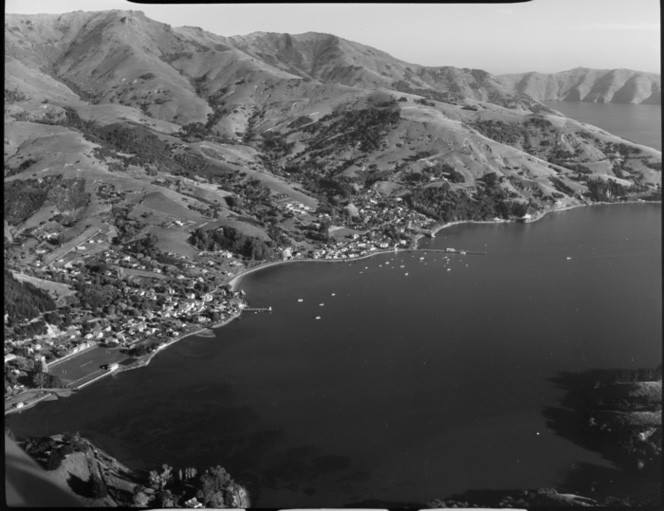
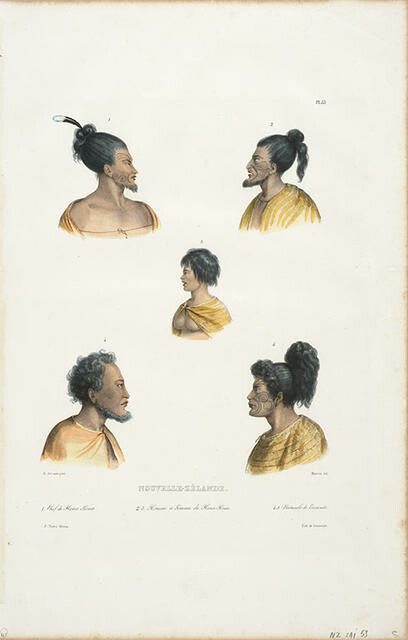
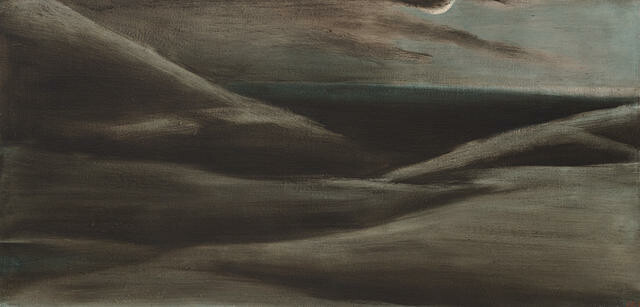
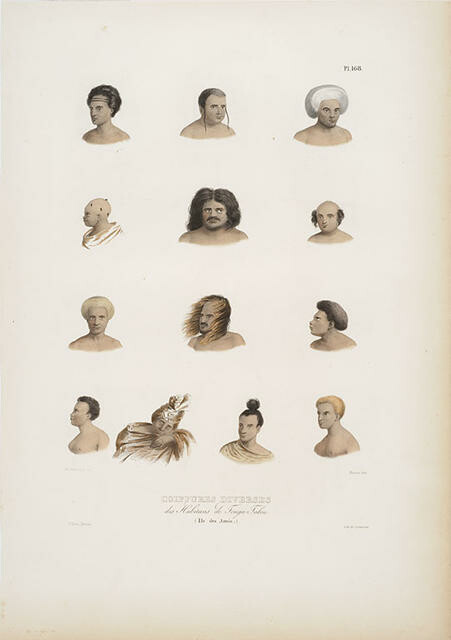
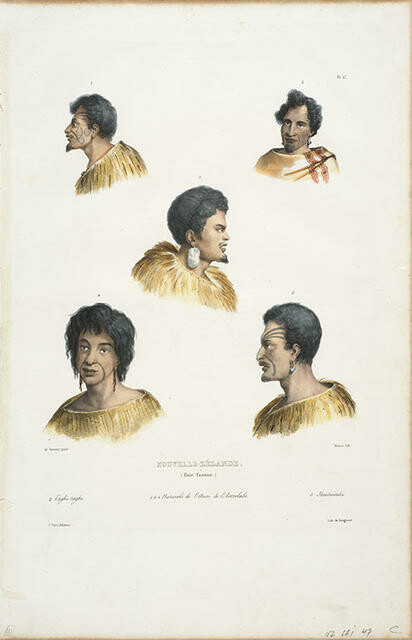
![Nouvelle-Zélande - coffre en bois sculpté [Plate 59]](/media/cache/d2/0d/d20d3e71824f4f302a9ddce9f4f594ca.jpg)
